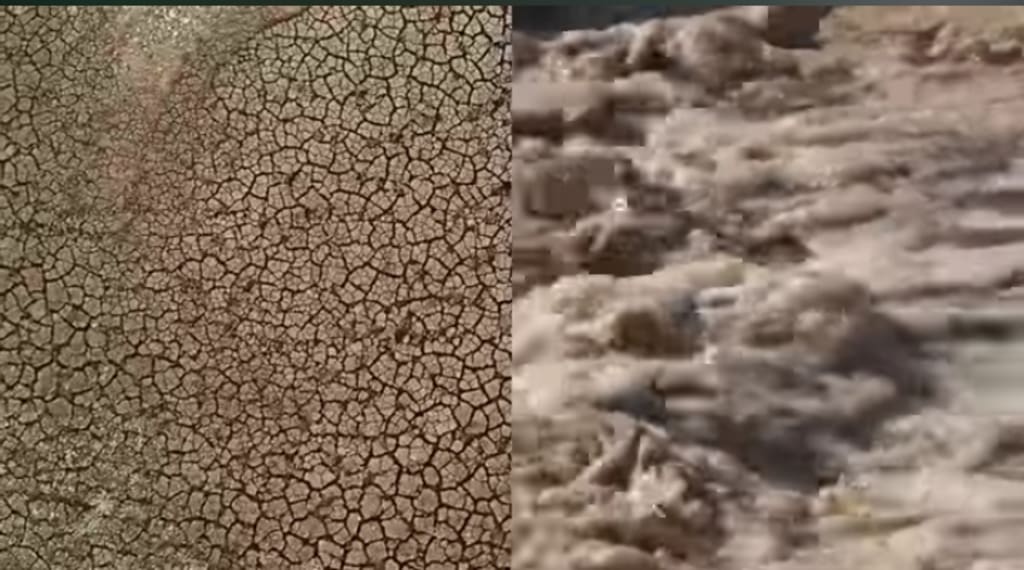Why the Panama canal is drying
Environmental enterprises ** The Panama Canal traverses different ecosystems, including rainforests, washes, and brackish lakes. Environmental declination, similar as deforestation and pollution, can disrupt these ecosystems and affect water quality and vacuity. Balancing the requirements of conduit operations with environmental conservation is essential for the long- term sustainability of the region.

The Panama Canal, one of the world's most critical aqueducts, faces significant challenges related to water situations and sustainability. While it may not be entirely accurate to say the conduit is" drying up" in the traditional sense, it's true that water situations in the conduit have been a concern, impacting its effectiveness and sustainability. To understand this issue exhaustively, we need to explore colorful factors contributing to this situation and implicit results.
1. ** Geographical Factors ** The Panama Canal operates in a tropical climate characterized by wet and dry seasons. The region's terrain, including the presence of mountains and the Chagres River, plays a pivotal part in supplying water to the conduit. still, changes in rush patterns and deforestation can affect the inflow of water into the conduit, leading to enterprises about water failure during the dry season.
2. ** Climate Change ** Climate change has surfaced as a significant trouble to the Panama Canal's water force. Rising temperatures, changing rush patterns, and increased frequence of extreme rainfall events like famines and heavy downfall pose challenges to the conduit's operations. These changes can disrupt the delicate balance of water inflow necessary for the conduit's functioning.
3. ** Water Management Practices ** Effective water operation is essential for the sustainable operation of the Panama Canal. The conduit relies on a system of cinches to raise and lower vessels between the Atlantic and Pacific abysses. This process requires significant quantities of water, especially during peak business ages. Inefficient water operation practices can complicate water failure issues, leading to enterprises about the conduit's long- term viability.
4. ** Sedimentation and conservation ** Sedimentation, or the accumulation of ground and debris, can reduce the passable depth of the conduit, taking dredging operations to maintain acceptable water situations. also, regular conservation of cinches, gates, and other structure is necessary to insure the smooth functioning of the conduit. Failure to address these conservation needs can further strain water coffers and impact the conduit's operations.
5. ** Environmental enterprises ** The Panama Canal traverses different ecosystems, including rainforests, washes, and brackish lakes. Environmental declination, similar as deforestation and pollution, can disrupt these ecosystems and affect water quality and vacuity. Balancing the requirements of conduit operations with environmental conservation is essential for the long- term sustainability of the region.
6. ** Water Conservation sweats ** Feting the significance of water conservation, authorities have enforced colorful measures to ameliorate water effectiveness in the conduit. These include optimizing cinch operations, enforcing water- saving technologies, and promoting water conservation practices among canal druggies. still, further comprehensive sweats may be demanded to address the underpinning causes of water failure.
7. ** Expansion systems ** In 2016, the Panama Canal completed a major expansion design aimed at adding the conduit's capacity and accommodating larger vessels. While the expansion has boosted the conduit's competitiveness and profitable significance, it has also raised enterprises about its environmental impact, including water operation and ecosystem dislocation. Managing the goods of expansion on water coffers is pivotal for the conduit's sustainability.
8. ** International Cooperation ** The Panama Canal is a vital roadway of global trade, and its sustainability enterprises extend beyond public borders. transnational cooperation and collaboration are essential for addressing water failure and icing the conduit's long- term viability. This may involve participating stylish practices, investing in structure advancements, and supporting sustainable development enterprise in the region.
In conclusion, while the Panama Canal isn't" drying up" in the traditional sense, it faces significant challenges related to water failure and sustainability. Factors similar as climate change, water operation practices, sedimentation, and environmental declination contribute to these challenges. Addressing these issues requires a coordinated trouble involving governments, transnational associations, environmental groups, and other stakeholders. By enforcing effective water operation strategies, promoting conservation sweats, and prioritizing environmental sustainability, we can insure the uninterrupted operation of this critical raceway for generations to come.
About the Creator
Enjoyed the story? Support the Creator.
Subscribe for free to receive all their stories in your feed. You could also pledge your support or give them a one-off tip, letting them know you appreciate their work.





Comments
There are no comments for this story
Be the first to respond and start the conversation.